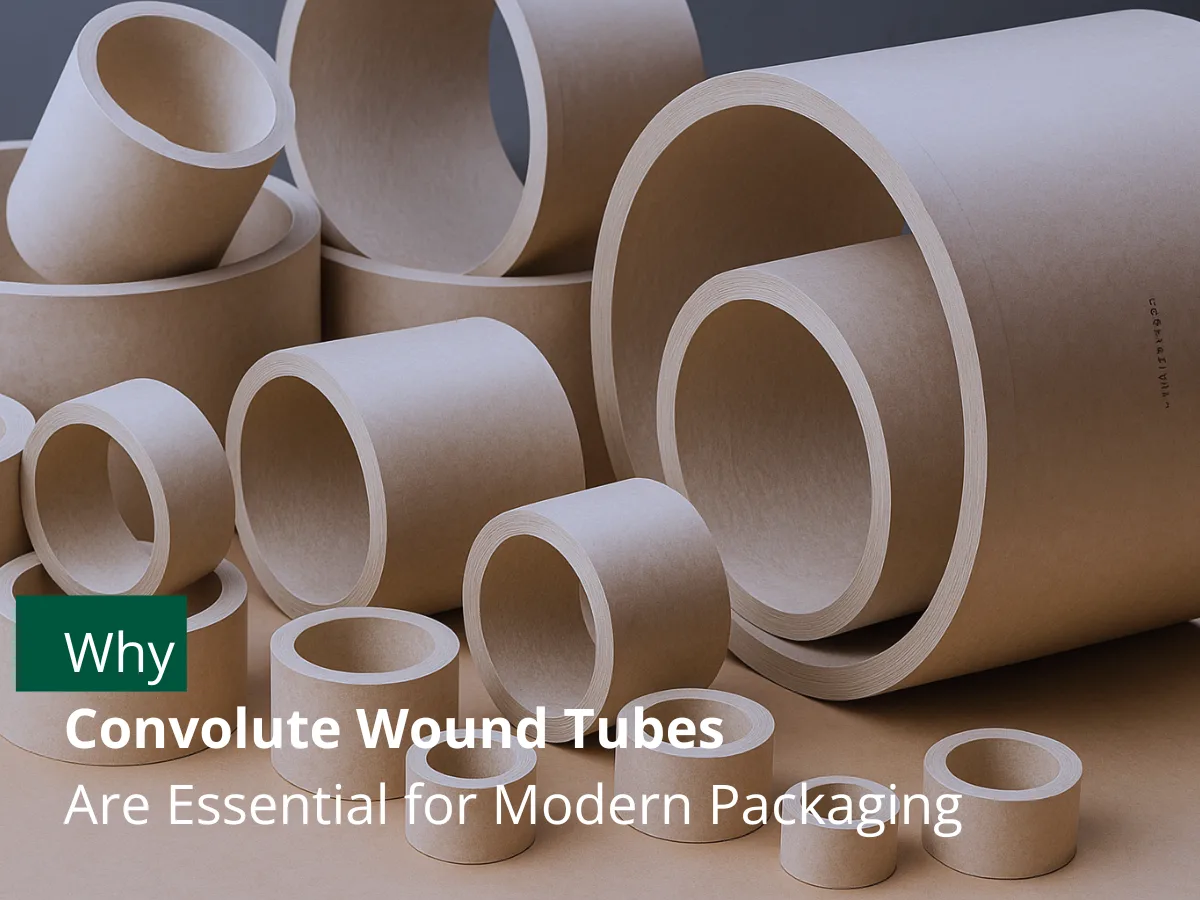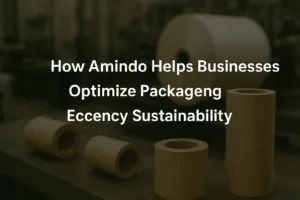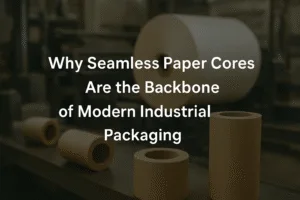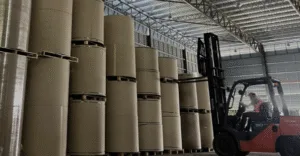
When it comes to industrial packaging and storage, strength and reliability are non-negotiable. From heavy-duty shipping cores to precision protective casings, one unsung hero in the world of industrial materials is the convolute wound tube.
If you’ve ever handled large rolls of film, paper, foil, or textiles, chances are you’ve already seen these tubes in action, you just didn’t know their name. Today, we’ll explore what convolute wound tubes are, why they’re different from spiral wound tubes, their benefits, and how industries use them every day.
What is a Convolute Wound Tube?
A convolute wound tube is made by wrapping layers of paperboard or similar materials around a mandrel at a 90-degree angle to the tube’s axis. This construction method creates a tube with:
- Exceptional crush strength
- Thicker wall options for heavy loads
- Minimal flex, even under pressure
Unlike spiral wound tubes (where paper is wrapped at an angle), convolute tubes have seamless perpendicular layers that make them ideal for applications demanding high structural integrity.
How Convolute Wound Tubes Are Manufactured
The production process is a careful blend of engineering precision and material science:
- Material Selection – High-quality paperboard or fibreboard is chosen based on the required thickness, density, and load capacity.
- Layer Wrapping – Sheets are wound around a steel mandrel with each ply running parallel to the tube’s circumference.
- Adhesive Bonding – Industrial-grade adhesives are applied between layers to ensure a solid, bonded wall.
- Curing & Drying – Tubes are set aside to fully cure, increasing their dimensional stability.
- Cutting & Finishing – Tubes are cut to length, trimmed, or machined for specific end-use requirements.
Advantages of Convolute Wound Tubes
- Superior Strength & Load Capacity
The 90-degree winding pattern creates uniform wall strength, meaning these tubes can handle extremely heavy loads without collapsing. - Excellent Dimensional Stability
Convolute tubes maintain shape even under compression, impact, or high stacking pressure, making them reliable for storage and shipping. - Versatile Customization
They can be made in various diameters, lengths, and wall thicknesses, allowing precise tailoring to different industries. - Impact & Crush Resistance
Because of their dense layering, convolute tubes can withstand external impacts far better than lighter alternatives. - Sustainable Material
Manufactured from recyclable paperboard, they align with eco-conscious manufacturing and packaging goals.
Common Applications Across Industries
- Textile & Fabric Industry
Used as rolling cores for heavy fabrics, carpets, and industrial textiles, ensuring rolls stay perfectly aligned.
- Film, Foil & Paper
Ideal for large, heavy rolls of printing paper, metal foil, or plastic film where core crush would otherwise be a risk.
- Automotive & Aerospace
Used for protective casing of delicate or precision parts during shipment.
- Construction & Engineering
In certain applications, convolute tubes can act as moulds for concrete columns or as part of formwork systems.
- Postal & Shipping
When transporting long, fragile items such as posters, blueprints, or tools, convolute tubes offer extra rigidity compared to standard mailing tubes.
Convolute Wound Tubes vs. Spiral Wound Tubes
| Feature | Convolute Wound Tube | Spiral Wound Tube |
| Winding Angle | 90° | 30–45° |
| Wall Strength | Very High | Moderate |
| Load-Bearing Capacity | Heavy Duty | Medium Duty |
| Flexibility | Low | Higher Flex |
| Typical Applications | Industrial cores, heavy loads | Mailing, lightweight rolls |
Verdict:
If you need heavy-duty, crush-resistant performance, convolute wound tubes are the clear winner.
Choosing the Right Convolute Wound Tube
When selecting a convolute wound tube for your business, consider:
- Wall Thickness – More layers = higher strength.
- Diameter – Must match the roll or product size.
- Length – Should suit storage, transport, or end-user needs.
- Surface Finish – Options like waxed, coated, or printed finishes.
Internal Links for Further Reading
- Learn about other paper core solutions: Seamless Paper Core
- Compare edge protector options for secure shipping: Types of Cardboard Edge Protector
- Need help choosing? How to Choose the Right Packing Materials
Conclusion
In industries where strength, precision, and protection are non-negotiable, convolute wound tubes remain the gold standard. Whether you’re packaging heavy industrial materials, storing textiles, or protecting sensitive components, these tubes offer the durability and stability your operations demand.
Choosing the right convolute wound tube is not just about function, it’s about ensuring your products reach their destination in perfect condition, every time.
FAQs About Convolute Wound Tubes
Are convolute wound tubes reusable?
Yes. In many cases, they can be reused multiple times if kept dry and undamaged.
Can convolute wound tubes be waterproofed?
Yes, with coatings or plastic laminations to resist moisture.
Are they more expensive than spiral wound tubes?
Generally, yes; but the increased durability and strength often justify the investment.
Can they be recycled?
Absolutely. Most are made from 100% recyclable paperboard.



